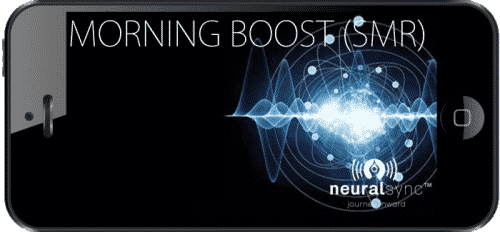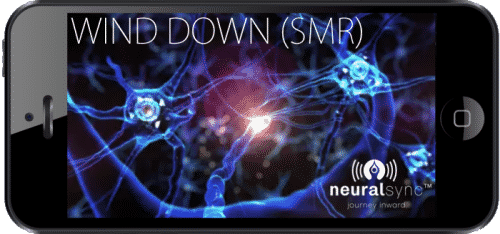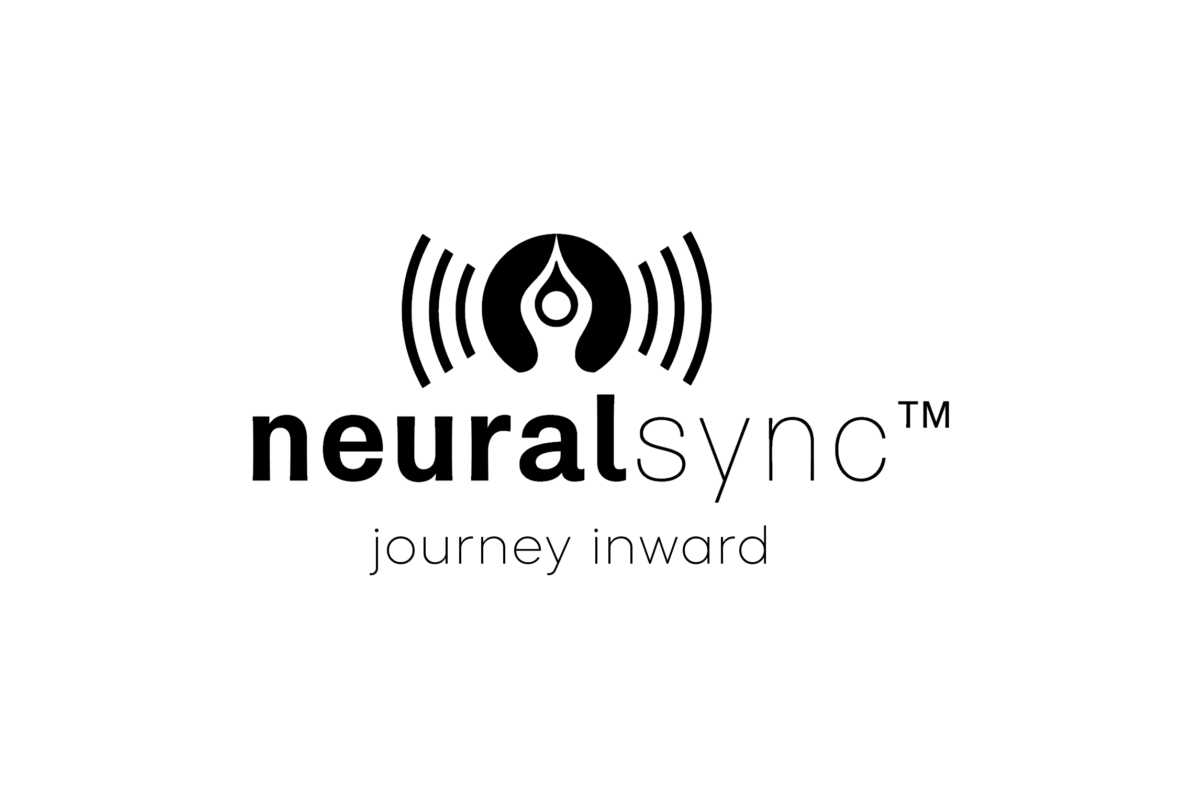The sensory motor rhythm (SMR) is a specific brainwave frequency range that is associated with sensorimotor integration and motor control. It falls within the frequency band of 12 to 15 hertz (Hz), which is considered a subset of the beta brainwave range. It is also referred to as mu waves or mu rhythm.
SMR activity can be observed in the brain’s sensorimotor cortex, which is responsible for coordinating voluntary movements and processing sensory information. The SMR is typically measured using electroencephalography (EEG), a technique that records electrical activity in the brain.
Research has shown that the SMR is associated with various cognitive and motor functions. It is often observed during states of calm focus, relaxation, and readiness for action. Increased SMR activity has been linked to improved motor skills, enhanced attention, and reduced impulsivity.
SMR-based neurofeedback is a technique that utilizes the SMR frequency range to train individuals to regulate their brain activity. By providing real-time feedback on SMR levels, individuals can learn to increase or decrease their SMR activity, which may have therapeutic applications in treating conditions such as attention deficit hyperactivity disorder (ADHD) and other disorders related to attention and motor control.
Neurofeedback specialist Dr. Andrew Hill describes the sensorimotor rhythm as a state of “liquid, still-body and laser-like focus,” akin to a cat attentively observing a bird on a windowsill. This state of focused attention while being physically relaxed is advantageous, as it allows for swift action when needed.
Training the slower beta brain waves of the SMR using neurofeedback protocols has proven highly effective for enhancing focus, mood, and attention span, particularly in individuals with conditions like insomnia, anxiety, and ADHD [1][2][3]. Moreover, studies suggest that SMR training can improve automaticity during skill execution, as evidenced by enhanced performance in activities like golf putting [4]. Additionally, it has shown promise in addressing cognitive decline and improving working memory in older adults [5].
Neurofeedback practitioners are also exploring SMR brainwave training as a potential aid for epilepsy, depression, stress, and autism. Improved sustained focus and concentration within the SMR frequency range have been linked to enhanced learning, reading speed, and energy levels.
However, the primary challenge with neurofeedback training for optimizing SMR control lies in its cost, often ranging from $5,000 to $10,000+ for a full course of treatment in a professional setting.
An alternative and far more affordable choice involves using NeuralSync™ recordings, a form of brainwave entrainment utilizing sound therapy to influence brainwave frequencies. While brainwave entrainment recordings are not extensively studied for medical conditions due to the fact that they cannot be patented for exclusivity and profit, their widespread popularity on platforms like YouTube suggests they are commonly used to aid with focus, creativity, and relaxation. Research has indicated that frequencies used in brainwave entrainment can improve cognition and mood, with few adverse side effects reported [6].
NeuralSync™ offers a self-directed approach for individuals seeking to explore different brainwave frequencies and their potential impact on focus and attention. It has demonstrated effectiveness in helping individuals attain the perfect zone of focus associated with SMR waves.
Trying out NeuralSync™ frequencies can provide an opportunity to experience the state of relaxed focus associated with the sensorimotor rhythm and the benefits that brainwave state offers.

Two NeuralSync™ tracks are specifically tailored to addressing SMR entrainment. Morning Brain Boost , which stimulates the Sensory Motor Rhythm (SMR) for enhanced concentration and relaxed attention for the day. This is a tri-part audio with 3 equal segments. The first four embedded frequencies induce Alpha state and release Serotonin, stimulate the right brain for increased mental clarity, the left brain for focused alertness and produce an offset Delta brain state. The second frequencies continue the Alpha and Delta states but reverse the right and left brain stimulation. The final segment raises the base brain state to low Beta while oscillating through Alpha and Theta to induce a tranquil but attentive state of mind.

Evening Wind Down engages the Sensory Motor Rhythm (SMR) to ease into a peaceful evening. The four embedded frequencies induce a baseline low Beta state while stimulating Alpha waves and Serotonin release in the right brain and Theta waves in the left, offsetting into Delta for both hemispheres.
References:
- Enhancing sleep quality and memory in insomnia using instrumental sensorimotor rhythm conditioning
- Sensorimotor rhythm neurofeedback training relieves anxiety in healthy people
- Comparison of Sensorimotor Rhythm (SMR) and Beta Training on Selective Attention and Symptoms in Children with Attention Deficit/Hyperactivity Disorder (ADHD): A Trend Report
- Sensorimotor Rhythm Neurofeedback Enhances Golf Putting Performance
- SMR Neurofeedback Training Facilitates Working Memory Performance in Healthy Older Adults: A Behavioral and EEG Study
- Auditory Beat Stimulation and its Effects on Cognition and Mood States
